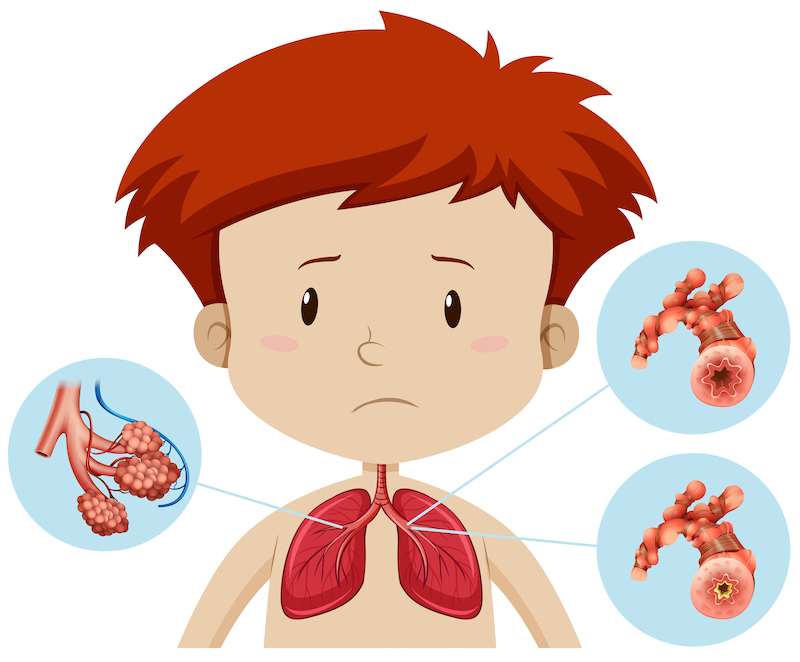As parents, we want nothing but the best for our little ones, especially when it comes to their nutrition. But let’s admit it, navigating through the maze of baby food labels can be a daunting task. With terms like “organic,” “non-GMO,” and “fortified” thrown around, it’s easy to feel overwhelmed. Fear not! In this comprehensive guide, we’ll break down the key components of baby food labels, empowering you to make informed choices for your baby’s health and well-being.
1. Serving Size and Age Range:
The first thing you’ll notice on a baby food label is the recommended serving size and age range. This information helps you determine if the food is appropriate for your baby’s developmental stage. Pay close attention to the age range specified, as it indicates the suitability of the food for your little one’s nutritional needs.
2. Ingredient List:
Next up, take a look at the ingredient list. Ingredients are listed in descending order by weight, with the primary ingredient listed first. Opt for baby foods with simple, recognizable ingredients. Avoid products with added sugars, artificial flavors, colors, and preservatives. Look for labels that boast natural ingredients like fruits, vegetables, grains, and lean proteins.
3. Organic vs. Conventional:
Many parents are opting for organic baby foods due to concerns about pesticides and additives. If this is important to you, look for the USDA Organic seal on the label. Organic baby foods are made from ingredients that are grown without synthetic pesticides, herbicides, or fertilizers. While organic options may be pricier, they offer peace of mind for parents who prioritize pesticide-free eating.
4. Non-GMO:
Genetically modified organisms (GMOs) are a hot topic in the world of food. If you prefer to avoid GMOs in your baby’s diet, look for products labeled as “non-GMO.” These foods are made from ingredients that have not been genetically engineered. While the debate over GMO safety continues, opting for non-GMO baby foods can offer reassurance for concerned parents.
5. Fortified and Enriched:
Many baby foods are fortified or enriched with additional nutrients to boost their nutritional value. Common additives include iron, calcium, vitamin D, and omega-3 fatty acids. While fortification can be beneficial, it’s important to strike a balance. Excessive supplementation can lead to nutrient imbalances or toxicity. Consult with your pediatrician to ensure your baby’s nutritional needs are being met without overdoing it on supplements.
6. Allergen Information:
Food allergies are a growing concern among parents, with common allergens like milk, eggs, peanuts, and soy topping the list. Baby food labels are required to disclose the presence of major allergens to help parents make informed choices. If your baby has a known food allergy or sensitivity, carefully review the allergen information on the label to avoid potential reactions.
7. Date and Storage Instructions:
Last but not least, pay attention to the expiration date and storage instructions. Baby food labels typically include guidance on how to store the product safely to maintain its quality and freshness. Follow these instructions diligently to ensure the safety of your baby’s food. When in doubt, err on the side of caution and discard any expired or improperly stored items.
In conclusion, understanding baby food labels is essential for ensuring your little one receives the nutrition they need to thrive. By familiarizing yourself with serving sizes, ingredient lists, organic and non-GMO options, fortification, allergen information, and storage instructions, you can confidently navigate the aisles of the baby food section. Remember, every baby is unique, so don’t hesitate to consult with your pediatrician if you have any questions or concerns about your baby’s diet. Armed with this knowledge, you can make informed choices that support your baby’s health and development from the very start.
Happy feeding, and here’s to raising healthy, happy little eaters!
Related Searches:
Baby food labels, Understanding baby food, Reading baby food labels, Baby food ingredients, Organic baby food, Non-GMO baby food, Fortified baby food, Allergen information, Baby food expiration date, Baby food storage instructions, Baby food nutrition, Baby food safety, Choosing baby food, Nutritional needs for babies, Pediatrician advice for baby food











